How to use the Blood Oxygen app on your Apple Watch
The Apple Watch 6 and 7 has a Blood Oxygen app to measure saturation, but what does that mean, and how do you do it? We show you how...
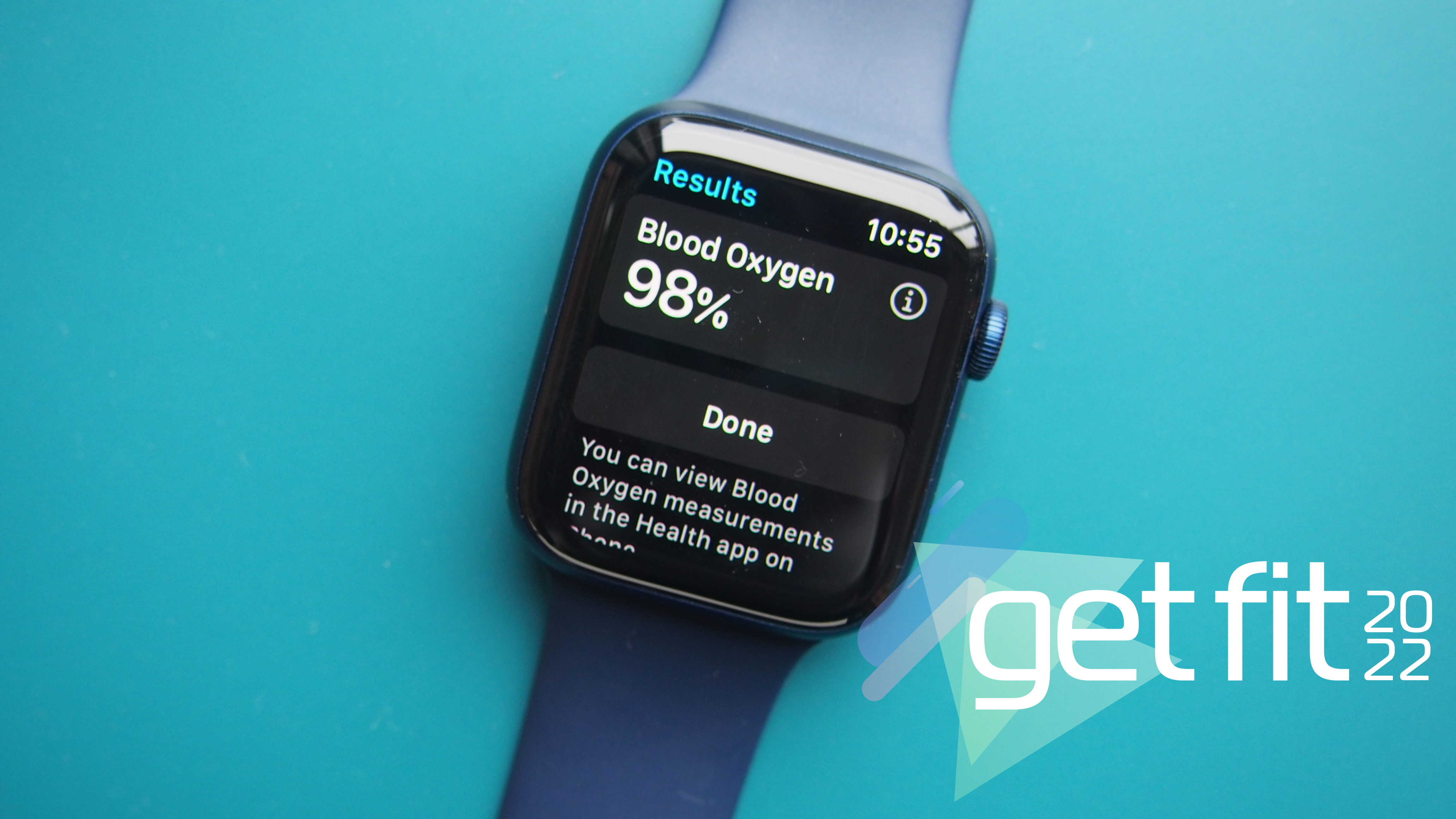
If you've been wondering how to use the Blood Oxygen app on your Apple Watch, you've come to the right place. Once a simple smartwatch that gave you another screen to keep tabs on your notifications, the Apple Watch has evolved to become one of those nifty little devices we can't live without.
The Apple Watch is the best smartwatch that money can buy as far as we're concerned and while it's certainly not the cheapest model on the block, it's definitely a case of getting what you pay for. Over the years it has emerged as the frontrunner when it comes to keeping a closer eye on your health and it does a pretty great job of tracking your fitness too.
If you opt for the Apple Watch 6 or the Apple Watch 7, then you’ll get the best Apple Watch that the company has to offer in wrist smarts. That includes its new blood oxygen sensor, which might not be a new innovation for wearables, but is the first time Apple has offered the ability to take blood oxygen measurements from one of its watches.
It probably goes without saying that you'll want to invest in the best iPhone to pair your Apple Watch with if you haven't already done so. That will enable the watch to measure the oxygen levels of your blood on-demand from your wrist with the data being stored in the Health app on your phone. It's important to note that the Blood Oxygen app has been designed for general fitness and wellness purposes only and should not be used as a replacement for professional medical advice.
So what’s the big deal about measuring blood oxygen levels? How do you do it on the Apple Watch and why would you want to do it? Here’s everything you need to know about the Blood Oxygen app on the Apple Watch and why you might want to start using it.
What is blood oxygen?
Before getting into how and why Apple lets you measure it, let’s get into exactly what we mean by blood oxygen. In its simplest form, it refers to the amount of oxygen present in your red blood cells, which carry that oxygen all around the body.
That oxygen is the body’s fuel and it’s vital for every function it performs to keep us alive. If the body is struggling to take in the appropriate amount of oxygen it needs, it may struggle to carry out those functions properly and that’s when you might experience low blood oxygen levels and issues that can be as a result of those lower levels.
Sign up for breaking news, reviews, opinion, top tech deals, and more.
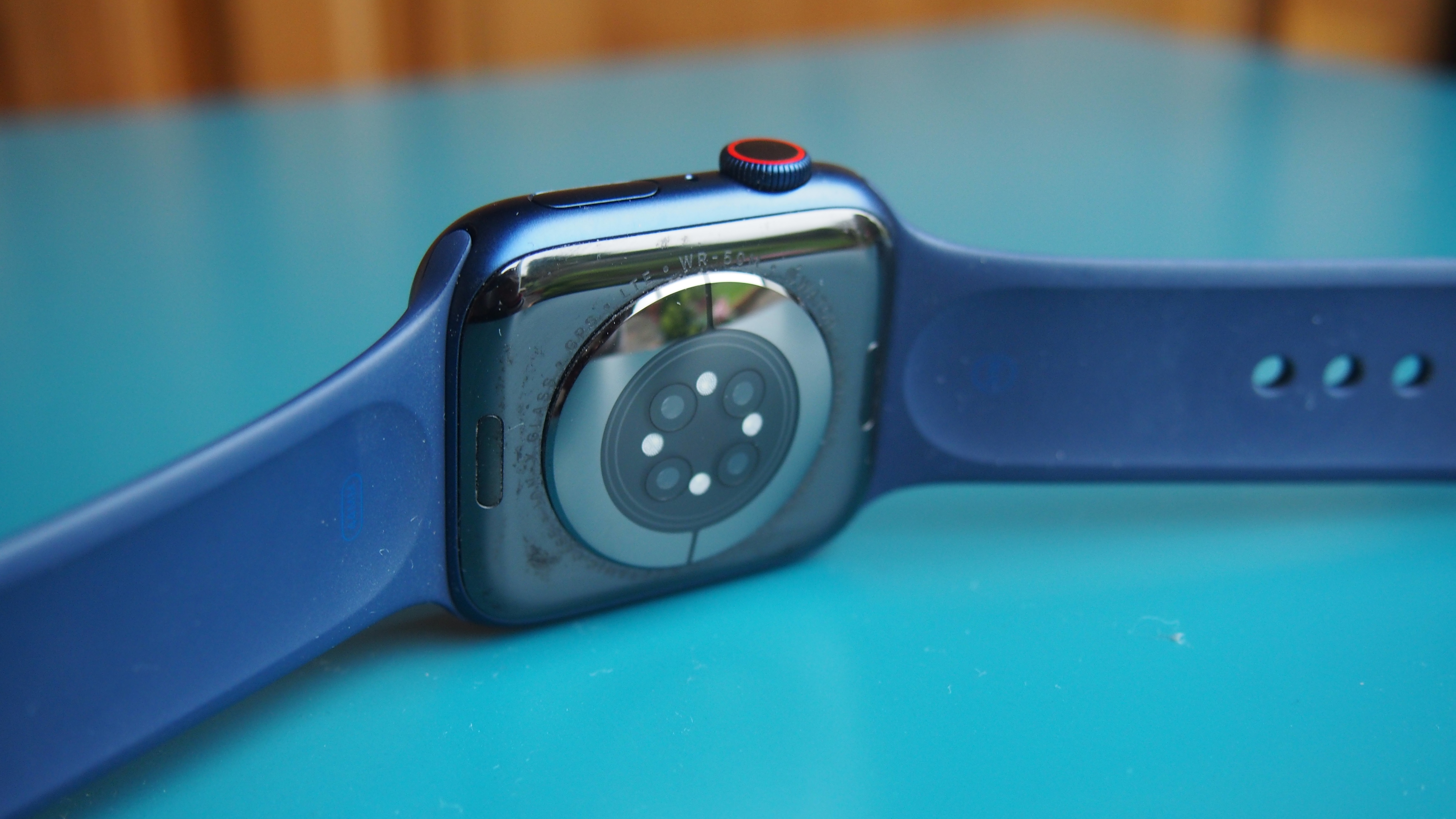
What can cause blood oxygen levels to be low?
There’s a variety of causes for blood oxygen levels in the body to drop. Conditions like asthma, infections like pneumonia and respiratory viruses and illnesses like Covid-19 can impact on the body’s ability to get oxygen where it needs to be causing levels to fall.
Being in high altitude environments where oxygen in the atmosphere becomes lower than normal is also another scenario where you can experience blood oxygen levels to drop. You may then experience symptoms like headaches, dizziness, confusion and shortness of breath.
It’s rare for someone to experience blood oxygen levels that are too high and would be usually associated with someone who requires assisted oxygen support.
How can you use blood oxygen data on the Apple Watch?
Right now, Apple will let you take on the spot measurements and monitor blood oxygen levels during the day and while asleep. Apple says the data and measurements generated by its blood oxygen sensor are only designed for general fitness and wellness purposes. So for those hoping they can use it in a similar way to a dedicated pulse oximeter device to offer more serious health insights that could allude to some issues tied to low blood oxygen levels, that’s not the case with the Apple Watch. At least, not yet it isn't.
So what does Apple mean by ‘general fitness and wellness purposes’? Well, Apple doesn’t go into any detail about that really, so it’s very much open to interpretation. One of the ways it could be utilised is in the altitude scenario we mentioned, keeping tabs on your body’s levels when oxygen concentration in the atmosphere is lower to see how it’s responding to the conditions. It’s something that Garmin does with the pulse ox sensor it includes in many of its watches.
It could potentially also offer a window into training recovery, especially as there’s an increased demand on oxygen use during exercise. Slightly lower blood oxygen levels may be an indication that you’re still recovering from a tough workout or block of training and may be a prompt to consider a rest day before hitting it hard again.
Again, to clarify, Apple will not prompt you based on whether you’re off for a hike at high altitude or working harder in workouts than normal. This is very much on the user to make use of the data in this way if they find it useful and insightful.
It’s not a piece of data you’re going to want to check during exercise. It’s not going to offer anything really of value and is actually a challenging thing to do to try and take a measurement on the move, which we’ll get into more later.
What is a normal blood oxygen level?
Like other smartwatches and fitness trackers that offer to measure blood oxygen levels, your measurements will be presented as a percentage. As stated by Apple and by the likes of key health bodies like the WHO, a blood oxygen level of 95-100% is considered normal. Below that, and it might be an indication of an issue. Again though, Apple states its app, sensor and measurements aren’t to be used for medical purposes, so do keep that in mind.

Which Apple Watch can measure blood oxygen?
Currently, the Apple Watch 6 and 7 are the only ones capable of monitoring blood oxygen levels. You can imagine the Apple Watch 8 and the next-generation Apple Watch SE will also pack the sensor technology when they arrive on the scene, too.
The Blood Oxygen app is available in certain countries and regions, which you can check here. Apple also says the feature is designed for users aged 18 and over.
How does the Apple Watch measure blood oxygen levels?
The technology that makes it all happen is built into the optical heart rate sensor found on the back of the Apple Watch Series 6 and 7. Like its heart rate sensor, the process is all about lights.
When it’s time to take a measurement, that sensor shines red and green LEDs as well as infrared light onto blood vessels in the wrist. Unlike pulse oximeters, that light is not sent through the body. Instead, photodiodes that convert light into electrical current measure how much light is reflected back to the back of the Watch.
That data is then crunched by Apple’s algorithms to work out the colour of the blood that’s been detected. Bright red blood or Arterial blood, carries more oxygen while dark red venous blood carries less.
So it’s able to take measurements from that more oxygen-rich blood that’s taken from the heart and sent around the rest of the body to give you that blood oxygen level in a percentage.
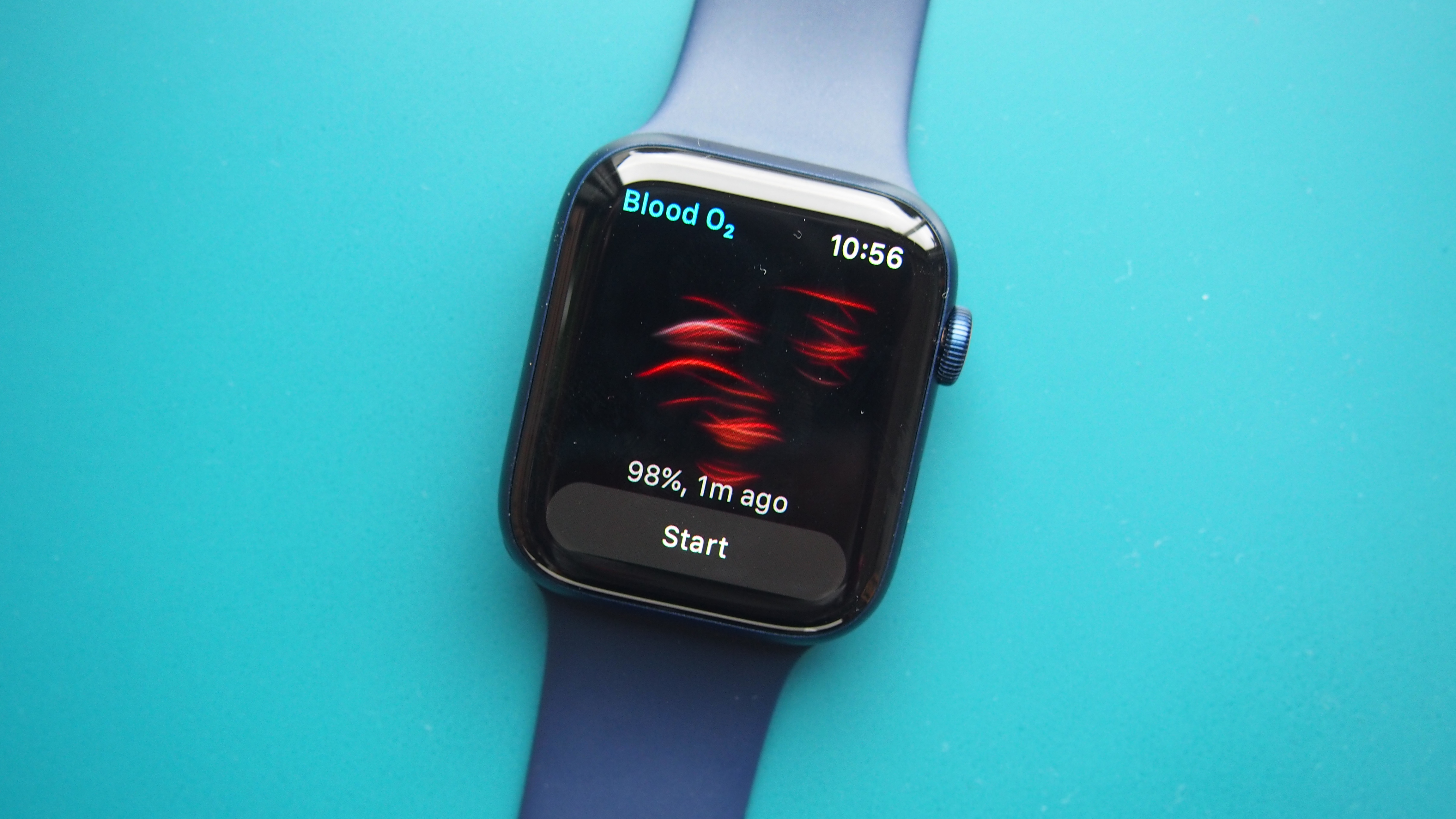
How to take a blood oxygen measurement on the Apple Watch
The first thing you need to do is make sure your Apple Watch is running the latest version of WatchOS and you’re using an iPhone 6S or newer running iOS 14.
Next, go to the Watch app on your iPhone and then to the My Watch section. Scroll down to find the Blood Oxygen app and tap to open. From here you can toggle on the ability to take blood oxygen measurements.
You can also choose to enable the Watch to take blood oxygen measurements during sleep tracking and in Cinema modes. Or you can turn it off if you’re concerned the red light used to track it might become a nuisance.
Back on your Apple Watch, select the Blood Oxygen app. If it’s your first time taking a measurement, you’ll be given some tips to make sure you get a good measurement.
So things like making sure your Watch is snug on your wrist but not on too tight. Also keeping your watch screen facing up and resting your wrist on a table can improve readings too.
When you’re ready to take a reading, hit the digital crown and readings will take 15 seconds. Once completed you’ll get a measurement in a percentage and note that you can view your data in the Apple Health app.
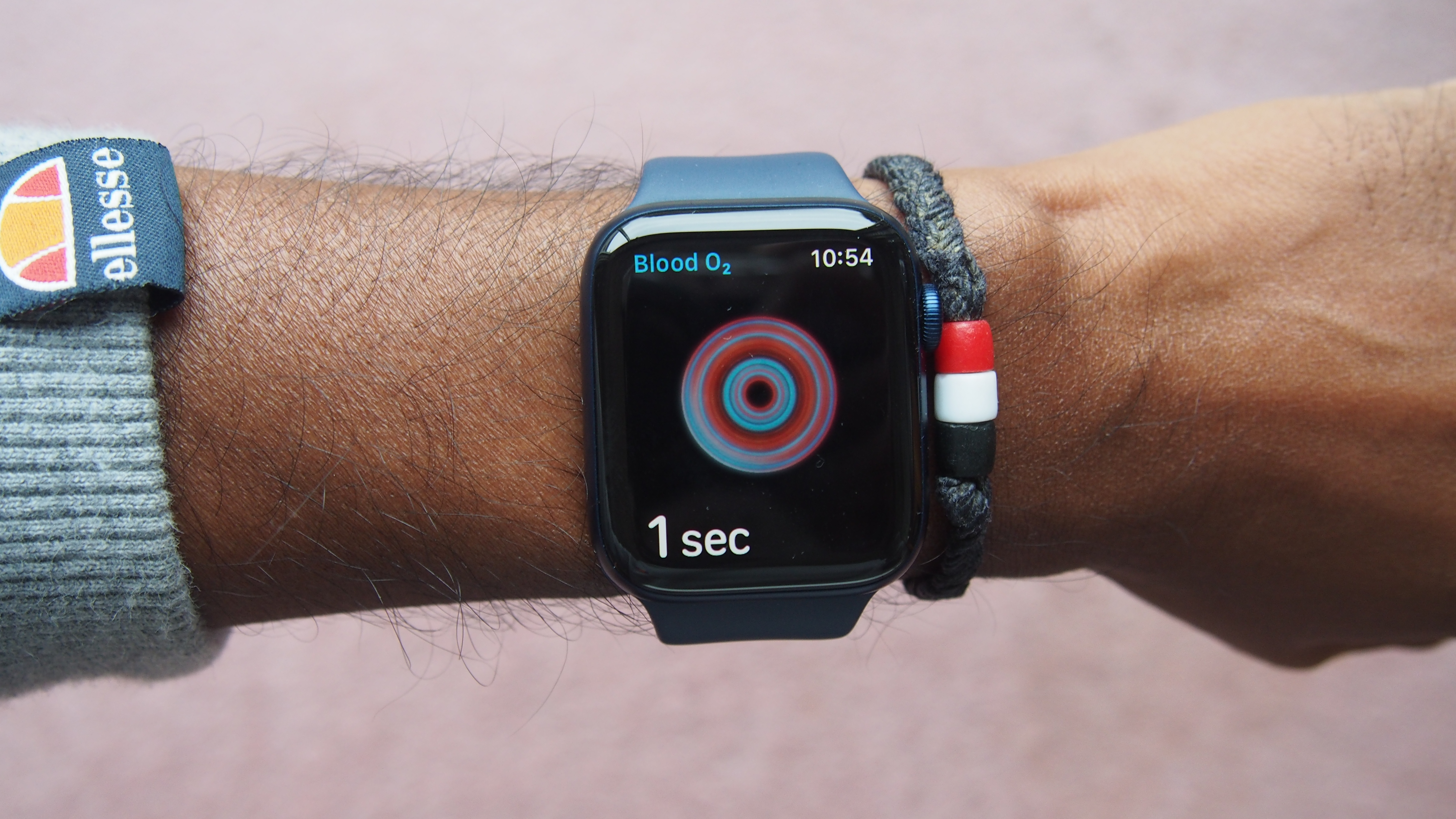
Where to find blood oxygen measurements in Apple Health
If you want to see a record of all readings taken, along with a refresher on what the data means, head inside of the Apple Health app on your iPhone, go to Browse and then look for the tab called Vitals. If you’ve taken a blood oxygen measurement or been monitoring it during sleep, you’ll be able to view your data here.
You'll also be able to view daily, weekly, monthly and yearly data. Select Show More Blood Oxygen Data and you can also view blood oxygen level ranges over those same periods as well as daily averages.

Are there other Apple Watch apps that can use the blood oxygen sensor?
Right now, the only way to make use of that blood oxygen sensor is by using Apple’s own Blood Oxygen app. That’s not to say that won’t change in the future.
Just like there are plenty of apps that now make use of Apple’s heart rate monitor technology, it wouldn’t be at all surprising if something similar happened with its blood oxygen sensor too.
It will require Apple to open up access to developers, so only time will tell when or if plans to so will materialize in an upcoming watchOS software update.
How accurate is measuring blood oxygen from the wrist?
It’s great that Apple is able to offer this piece of data, but is it actually reliable? Well, just like using light-based technology to measure heart rate from the wrist, it’s using a similar method to take blood oxygen measurements. That does bring some similar issues in regards to getting accurate data or data at all.
Apple outlines some factors that could impact on getting reliable measurements including having tattoos or experiencing low skin perfusion, which can be caused by being in cold environments. You may struggle to get readings if your heart rate is too high too.
Motion and moving your wrist around can affect readings, just as it does on other smartwatches and fitness trackers that measure blood oxygen. It’s likely a reason why Apple and the likes of Fitbit choose to take measurements during sleep where that motion issue is reduced.
There’s also reasons why in the medical realms, using a pulse oximeter that sits on your fingertip to non-invasively take measurements is the favoured approach. From that part of the body it’s considered to reduce those potential issues you can experience at the wrist.
Dedicated pulse oximeters take a different light based approach to measuring blood oxygen as well, sending two wavelengths of light through body tissue as opposed to the light reflection method used by Apple and others like Garmin, Fitbit and Huawei. Blood also sits closer to the surface skin on the finger making it a better place to take measurements.
Apple doesn’t state how accurate it’s blood oxygen sensor is and likely won’t delve into the accuracy discussion unless it starts making it suitable for medical grade measurements like its ECG heart rate sensor.
This article is part of TechRadar's Get Fit in 2022 series – a collection of ideas and guides to help get your new year's health goals off to the right start, whatever your current level of fitness.
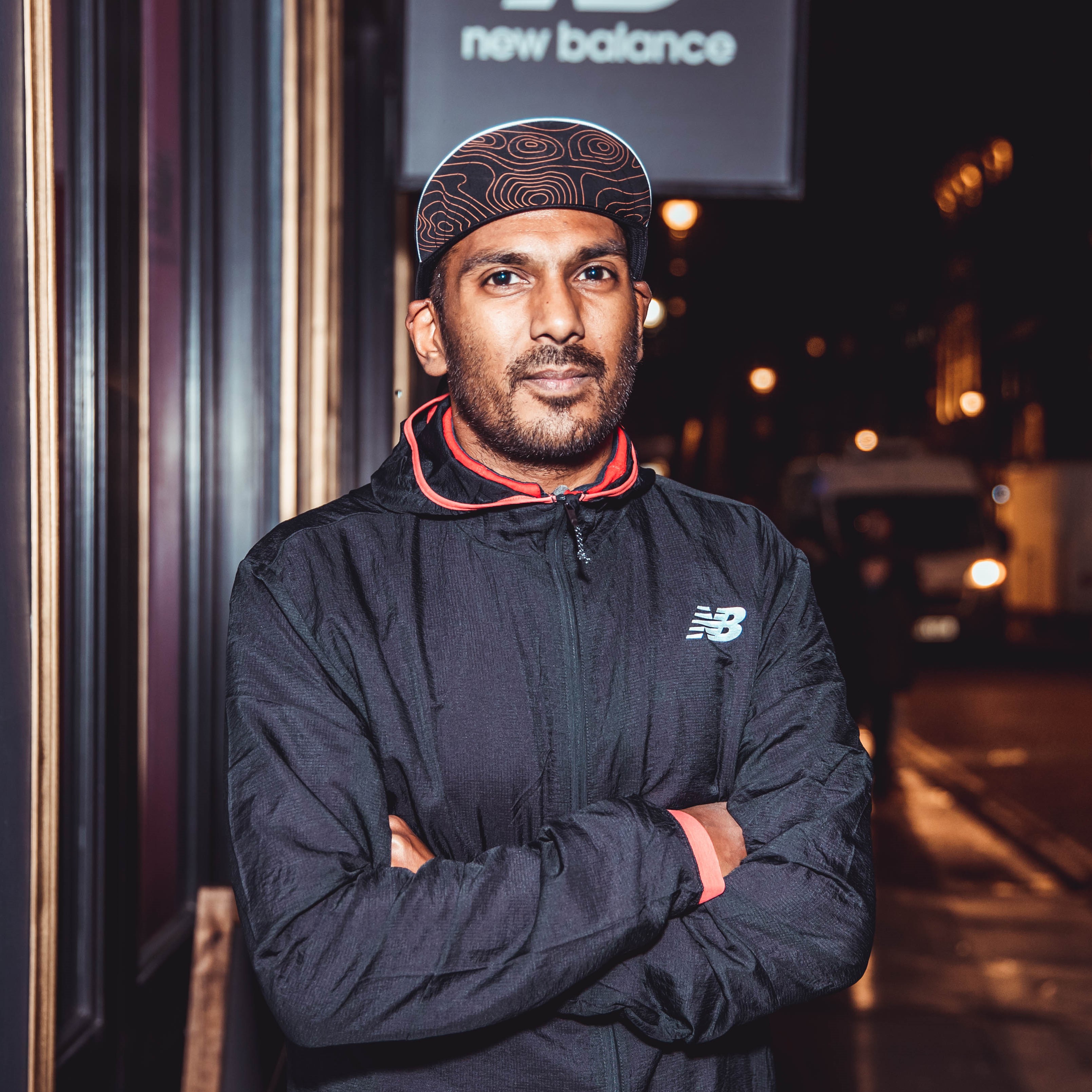
Michael is a freelance journalist who has covered consumer technology for over a decade and specializes in wearable and fitness tech. Previously editor of Wareable, he also co-ran the features and reviews sections of T3, and has a long list of bylines in the world of consumer tech sites.
With a focus on fitness trackers, headphones, running wearables, phones, and tablet, he has written for numerous publications including Wired UK, GQ, Men's Fitness, BBC Science Focus, Metro and Stuff, and has appeared on the BBC Travel Show. Michael is a keen swimmer, a runner with a number of marathons under his belt, and is also the co-founder of YouTube channel The Run Testers.